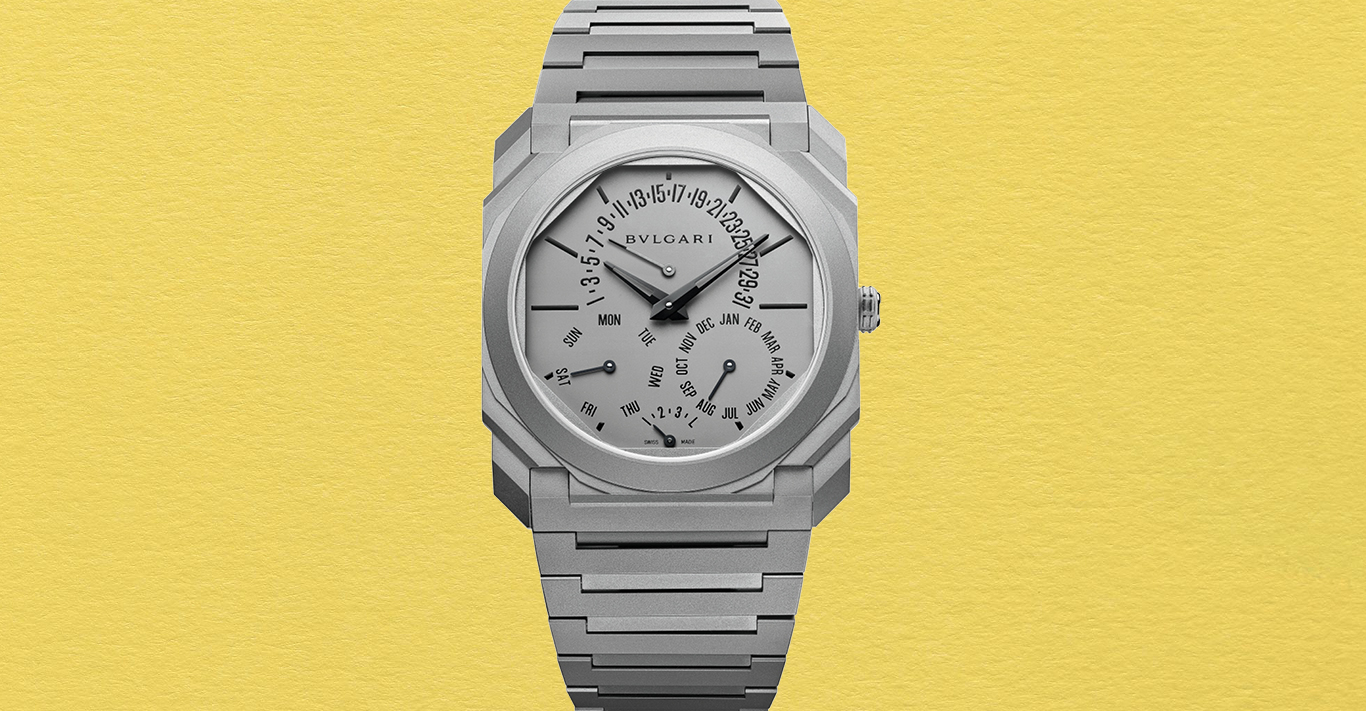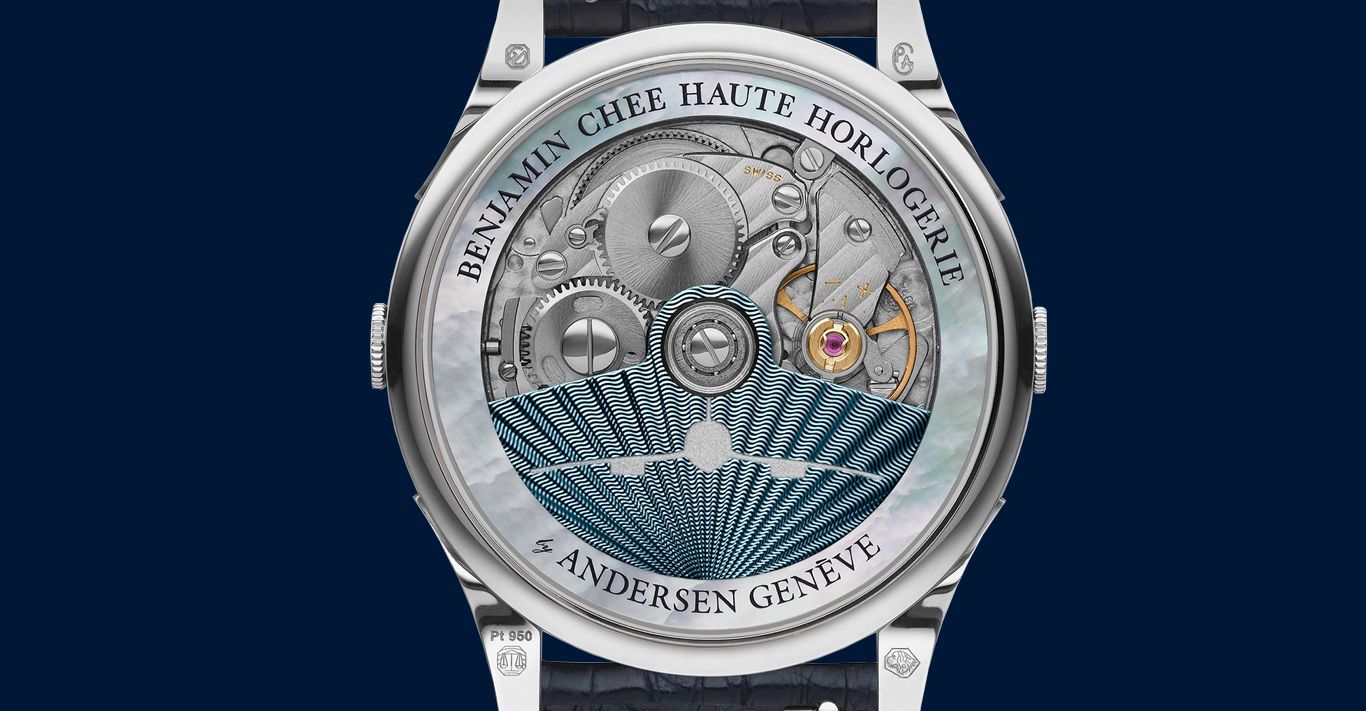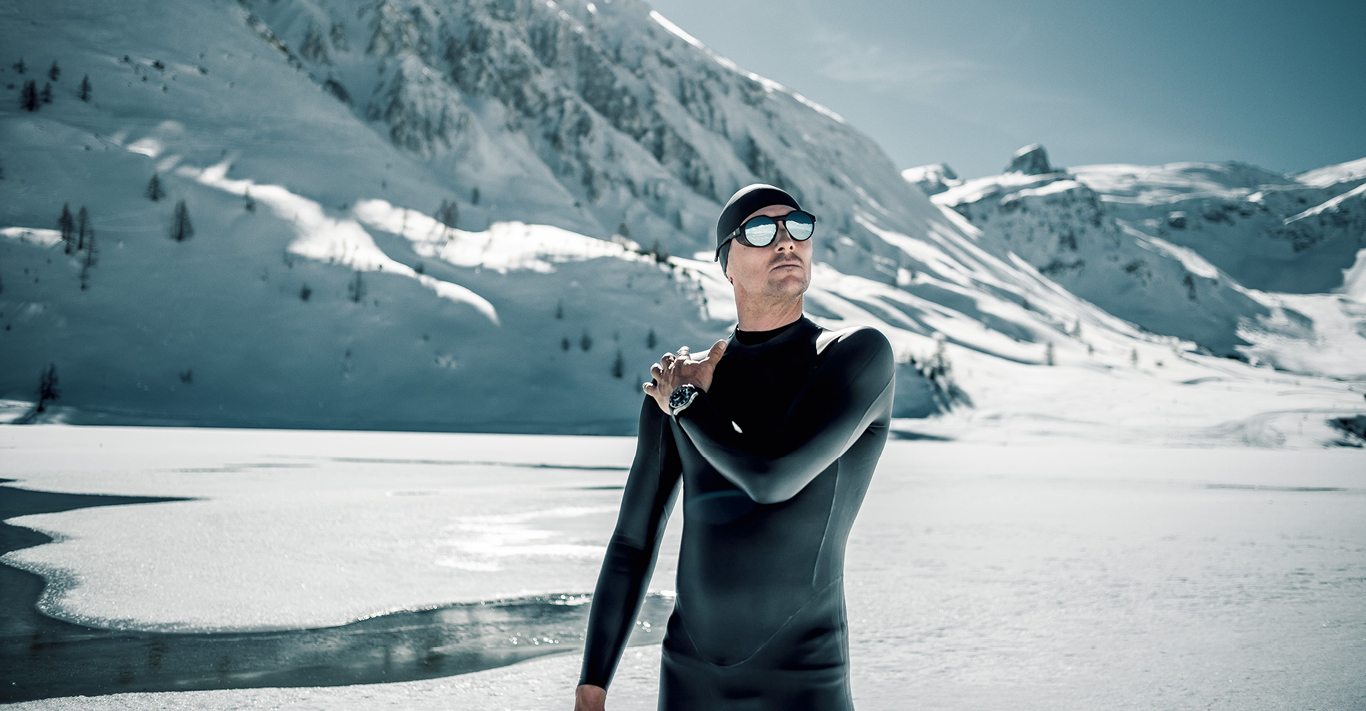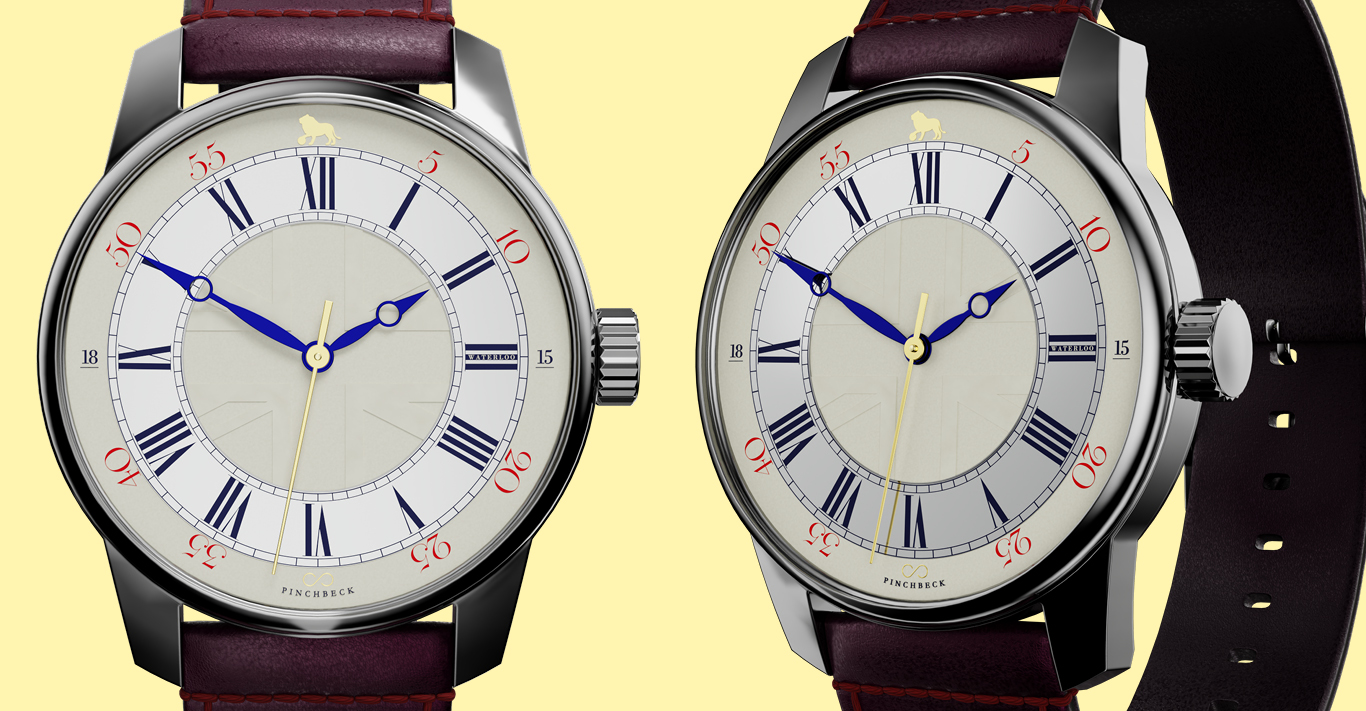WORDS
Peter Howarth
We are here to discuss watches with Fabrizio Buonamassa Stigliani – specifically the new launches from Bulgari – and yet the conversation soon takes another path. It turns out that Buonamassa Stigliani, 50, used to be a car designer. ‘I love coach builders more than car marques really – Pininfarina, Bertone, Zagato, Michelotti, Vignale,’ he explains, reeling off a list of these legendary names, each known for creating exquisite custom car bodies. ‘For me, cars are the maximum expression of Italian creativity. The Lamborghini Murciélago, for example, is one of the most important artistic expressions of the last century.’
Buonamassa Stigliani doesn’t own a car these days, but drives a company one. However, he does own motorbikes. The problem, he says, is that in Switzerland, where he now resides in his watchmaking role, it is so easy to swap them at dealers for new models. ‘It’s like removing your jacket,’ he jokes. ‘In the past 10 years I have changed my bike some 10 times!’ And though he admits to a penchant for Japanese sports bikes, he cites Ducati motorcycles as an expression of Italian beauty: incredible aesthetics as well as great mechanics.
It is this combination of form and function that defines the Italian approach to design, explains the man from Bulgari. Citing his beloved coachbuilders, he tells how they were perfectionists in search of a blend of technical excellence and artistic expression: ‘Bertone was crazy [in his pursuit of perfection]; Zagato was obsessed with lightweight construction. Our design history is full of what we call bello necessario – where aesthetics and technical features have the same weight. At Bulgari, if a watch is just technical, it’s too cold; if it’s purely beautiful, it’s a piece of art and we should hang it in our dining room.’ The Italian ideal is to combine the two in perfect harmony.
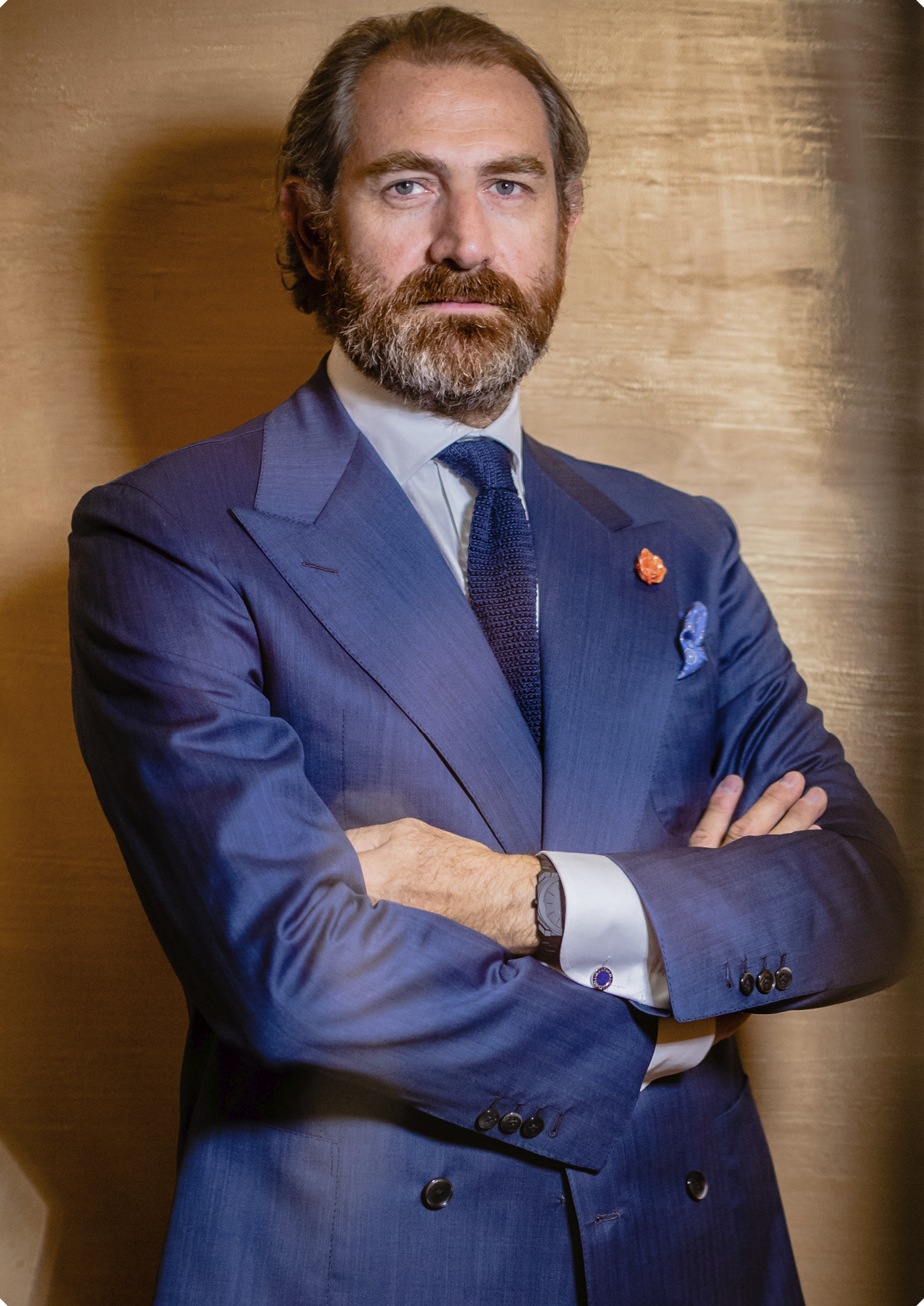
He says that you see this philosophy in what Bulgari produces. ‘Bulgari is a unique brand in that we have the opportunity to change the aesthetic but keep the approach the same. Many of the watches have very different souls. You might have three different models, all for different clients – one with an aluminium dial, one with a geometric look, one with jewels – but all are 100 percent Bulgari.’
What ties all the watches together is bello necessario, the principle of beauty and performance combined. ‘Take two of our new models,’ says the designer. ‘On the one hand we have the thinnest perpetual calendar watch, the Octo Finissimo Ultra-Thin – our seventh world-record breaker in this category; on the other, a jewellery watch, the new Allegra, which is decorated with coloured gemstones. Our rules in terms of aesthetics are very, very wide.’
However, there is clearly a common design thread. ‘We love to play with geometrical elements and with colours,’ says Buonamassa Stigliani. ‘Titanium for us is a colour for male watches, for example. Then we have a different approach when we talk about jewellery watches. There the playground is even wider. After all, Bulgari is originally a jewellery maker, so here we can experiment with cuts, coloured stones and different finishings.’
The geometry is apparent in the firm’s famous Octo Finissimo which is constructed from different shapes: a square case intersects with an octagonal bezel, and on top of this there is a round-shaped bezel. ‘We love to play with common elements of design in an unconventional way,’ says Buonamassa Stigliani. ‘The Octo Finissimo is all 45-degree angles and straight lines; pure geometry, and when you combine it together it generates a new aesthetic,’ he explains. ‘You see the same thing in our new Allegra jewelled watch – gems are geometry and colours, and here they are combined with a rectangular or square piece of gold. Bulgari design is very close to the Italian architecture of functionalism.’
Buonamassa Stigliani sees the firm inextricably linked to an artistic tradition in his home country that goes back years. ‘You see the use of architectural forms in the paintings of de Chirico and Morandi, and the work of Fontana. We are a part of this metaphysical world.’
And then there is Rome. ‘Bulgari is also close to the soul of the Eternal City. Rome is in many ways frozen in time, and you can still feel the hand of the Roman Empire there. If you walk around Milan, it is more international, more contemporary, but in Rome there is a sense of things never being projected into the future too much.’
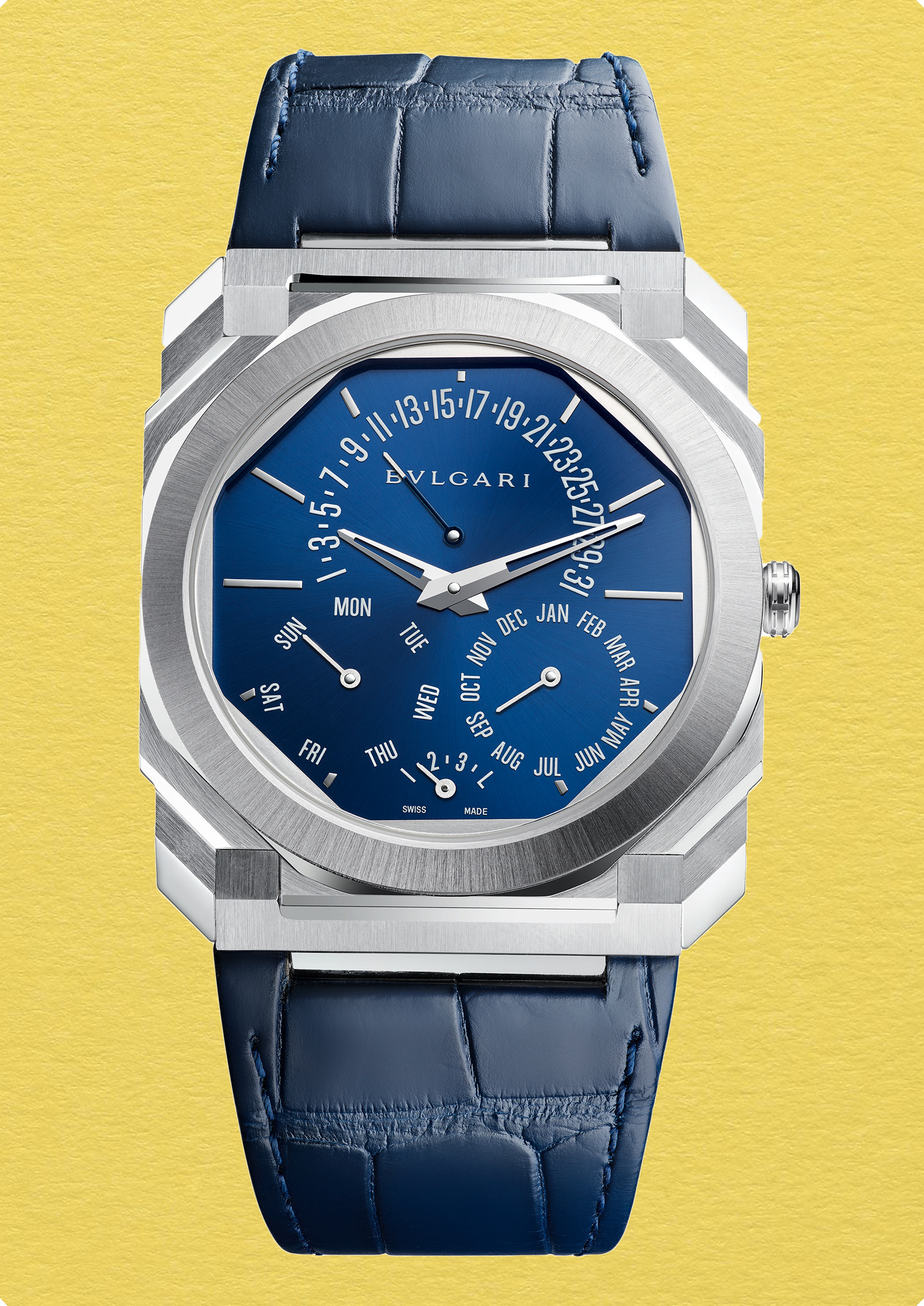
Bulgari was founded in Rome, of course, in 1884, and the Italian city looms large in the imagination of its designers, even one now required to live in Switzerland to be close to the firm’s watchmaking expertise. ‘Rome is Rome. You cannot compare it with other cities,’ declares Buonamassa Stigliani. ‘When you look at our Octo Roma watch, or the Aluminium watch, or the Serpenti, Rome is there – and Rome talks to you of eternity. Luxury products are something you pass on to family, children, friends and lovers. They are eternal. You manage their ownership for a short time only.’
Buonamassa Stigliani has been at Bulgari since 2001. He sees his job as a designer in more general terms than purely the creation of watches, reflecting his background in the automotive sector: ‘My role is to imagine the evolution of the aesthetics of the brand and the evolution of the product. I am not alone, I have a team, and while we have created watches like the Octo Finissimo and Serpenti, I often make sketches of sunglasses, accessories and jewels. I am really an industrial designer.’
His route to his current profession began early. ‘I started to make sketches when I was very young – mostly comics. When I was four or five, I was passionate about drawing. My father worked in the automotive industry and so we had books and magazines about cars, and I made sketches of them. Cars have interesting shapes and proportions – they are very complex products.’ Years later he would still be sketching cars, but this time as a career. ‘The problem was that it is hard to bring about change in that industry. There are so many people involved in the design process of a car – you will often have 30 people around a table talking about a gasket!’
He much prefers working with watches, which are also machines, but on a different scale and with different economies of scale too. ‘Bulgari, relative to car companies, is small, and so there are fewer constraints. Car launches have long, drawn-out development processes and require huge investments. We do not design watches with an obligation to sell a certain number a day, which is how car manufacturers think. People buy watches because they love them, and we design with just this in mind.’
Despite watches and cars both involving a similar balancing act between form and function, the work is very different, says Buonamassa Stigliani. ‘We don’t use the same sorts of materials, for a start, and the scale is so different. When I first started at Bulgari, I brought a drawing of an idea for a watch in one day to show Paolo Bulgari, our chairman, and it was on a sheet of A3 paper. He looked at it and said, “It’s very nice, but the real watch will be 12 times smaller than your sketch.” That is a challenge for me, as the vision that I have is like a 3D computer – I can go inside a case and present an explosion of components; this is the way I see an object. But I have to remember that a watch is a tiny object.’
Whatever the difficulties of executing engineering on such a small scale, the size of watches has its benefits, he says. ‘When I first met the architect Tadao Ando in Japan, he said, “Fabrizio, you are lucky because you can carry your designs with you. For me it’s impossible to get my house in my suitcase!’

